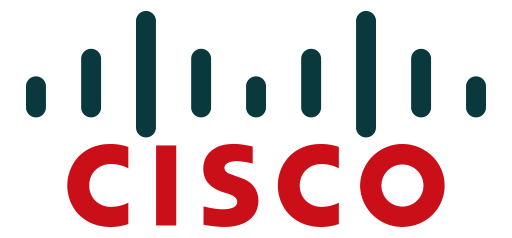Designing Cisco Enterprise Networks (ENSLD v1.0) Training

What Will You Learn?
- In this course, you will learn how to:
- Design Enhanced Interior Gateway Routing Protocol (EIGRP) internal routing for the enterprise network
- Design Open Shortest Path First (OSPF) internal routing for the enterprise network
- Design Intermediate System to Intermediate System (IS-IS) internal routing for the enterprise network
- Design a network based on customer requirements
- Design Border Gateway Protocol (BGP) routing for the enterprise network
- Describe the different types and uses of Multiprotocol BGP (MP-BGP) address families
- Describe BGP load sharing
- Design a BGP network based on customer requirements
- Decide where the L2/L3 boundary will be in your Campus network and make design decisions
- Describe Layer 2 design considerations for Enterprise Campus networks
- Design a LAN network based on customer requirements
- Describe Layer 3 design considerations in an Enterprise Campus network
- Examine Cisco SD-Access fundamental concepts
- Describe Cisco SD-Access Fabric Design
- Design and Software-Defined Access (SD-Access) Campus Fabric based on customer requirements
- Design service provider-managed VPNs
- Design enterprise-managed VPNs
- Design a resilient WAN
- Design a resilient WAN network based on customer requirements
- Examine the Cisco SD-WAN architecture
- Describe Cisco SD-WAN deployment options
- Design Cisco SD-WAN redundancy
- Explain the basic principles of QoS
- Design Quality of Service (QoS) for the WAN
- Design QoS for enterprise network based on customer requirements
- Explain the basic principles of multicast
- Designing rendezvous point distribution solutions
- Describe high-level considerations when doing IP addressing design
- Create an IPv6 addressing plan
- Plan an IPv6 deployment in an existing enterprise IPv4 network
- Describe the challenges that you might encounter when transitioning to IPv6
- Design an IPv6 addressing plan based on customer requirements
- Describe Network APIs and protocols
- Describe Yet Another Next Generation (YANG), Network Configuration Protocol (NETCONF), and Representational State Transfer Configuration Protocol (RESTCONF)
- Prerequisites
- Before taking this course, you should have earned CCNA® certification or be familiar with:
- Basic network fundamentals and building simple LANs.
- Basic IP addressing and subnets.
- Routing and switching fundamentals.
- Basic wireless networking concepts and terminology.